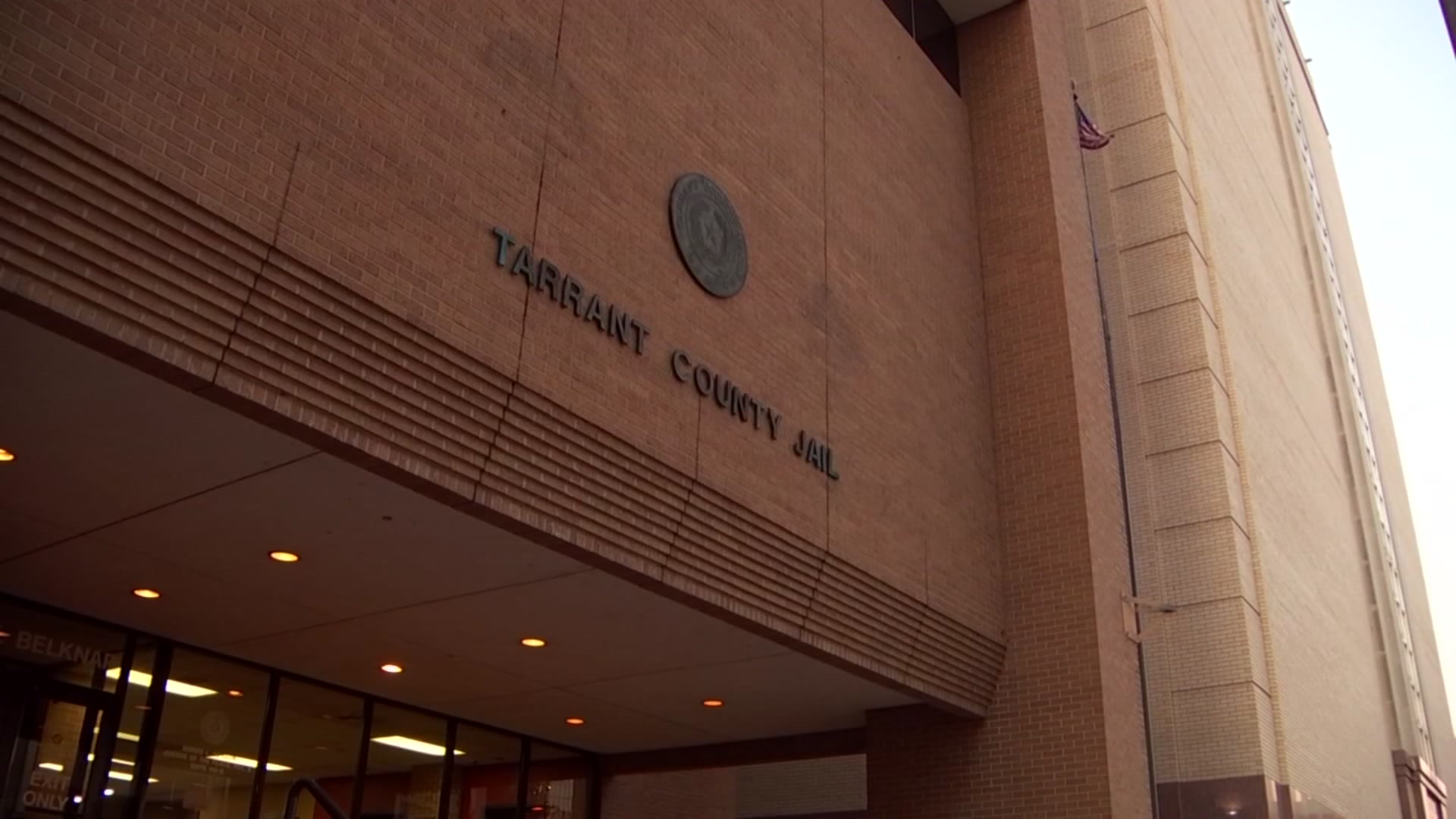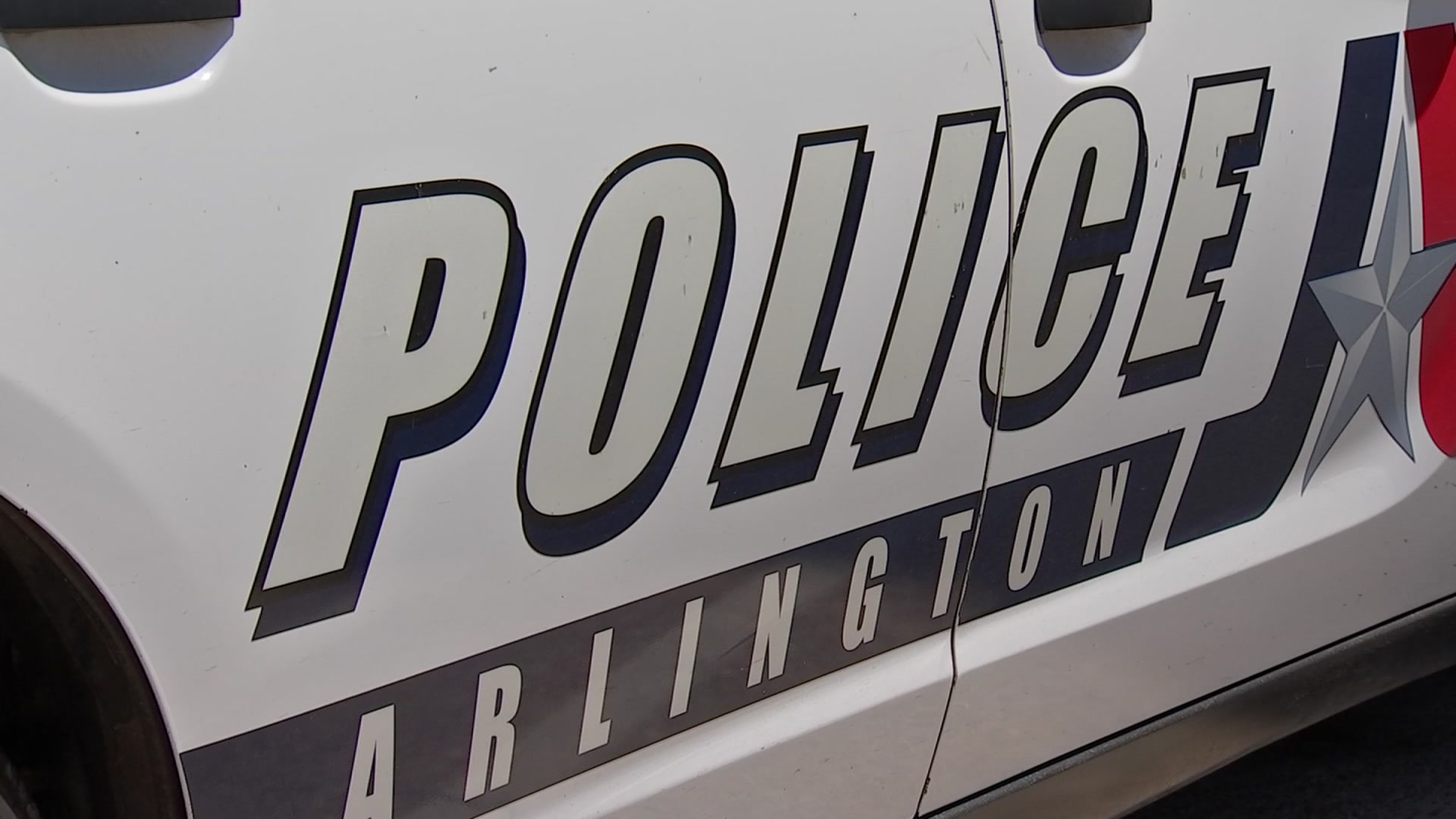A recent article in the New York Times is raising some eyebrows within the law enforcement community here in North Texas.
The story, entitled "The U.S. Has Fewer Crimes. Does That Mean It Needs Fewer Police?", notes that while there are more officers per capita today than in 1991, when FBI data shows violent crime peaked, they deal with the half the number of crimes per capita that they did back then.
"Hardly anyone questions the size of police forces," the article states. "Not taxpayers, who might expect the decades-long drop in crime to produce some budget savings. Not politicians, though they have a host of competing priorities, like schools and hospitals."
The story elicited responses from several local police chiefs, including those in Arlington, Irving, and Grand Prairie, who took to social media to explain why despite lower crime rates, they believe police forces need to be maintained or even grow.
"Over the last 10 years we have seen significant increases in the time it takes to file cases, to manage digital evidence, to manage large crowds at special events/mass gatherings, and the time needed to effectively help the mentally ill," Arlington Police Chief Will Johnson wrote in a tweet. "Crime is not the only measure."
Grand Prairie Police Chief Steve Dye agrees.
Local
The latest news from around North Texas.
"We're not just crime fighters anymore," said Dye. "We're highly educated problem solvers that try to help our community with quality of life in whatever capacity."
In Grand Prairie, the overall crime rate has dropped approximately 40 percent since 2011. Yet, during that same period, the department's calls for service have increased by about 30,000.
Dye says what's even more surprising to a lot of people -- and why he believes the article's central premise is flawed -- many of the calls his officers respond to aren't specifically related to crime.
"When you look at our top calls for service every year, the first call for service that has to do with a crime, [that being 'theft report'], is at number 13," said Dye. "I think that's something that's very eye-opening when people look at the list at our top calls. They would tend to think the top callls would be crime related. They're not. They're social related and they're quality of life related."
Among the calls that ranked higher on the list are traffic stops, disturbance reports, stranded vehicles, miscellaneous reports, welfare checks, accident reports, and traffic complaints.
In a tweet, Irving Police Chief Jeff Spivey noted that on his department's list of top calls for service, the first criminal offense (also theft) comes in at number 9.
Beyond that, Dye says officers in today's world are asked to take on more responsibilities than they were even ten or twenty years ago, citing issues like counter-terrorism, cyber crime, alcohol and drug abuse, mental health intervention, and homelessness.
"We love the fact that now, we're doing more than crime fighting," said Dye. "That's still an important part of what we do. But now, it's more about partnering and engaging with our community to build trust. And I'm absolutely thrilled when people have enough confidence to call us to help them solve their problem, whether or not it's crime related."



